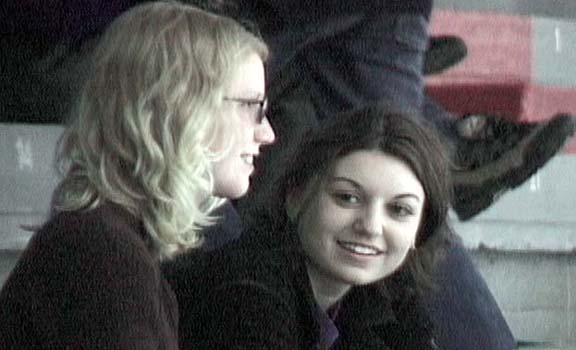
Centre Four Season Begins
The Second Page.

Above, early in the third period Ryan Blatchford is carrying the puck into the Melfort zone. On the right a Melfort player puts on a burst of speed and vaults out of his zone with the puck under control. Player for player the teams were evenly matched but Melfort was having discipline problems and that meant time in the box and short handed play giving Tisdale the advantage.
In Bantam "AA" these players are remarkably similar in skill levels and it is from this pool of players that the junior and ultimately the professional teams select their teams of the years to come.
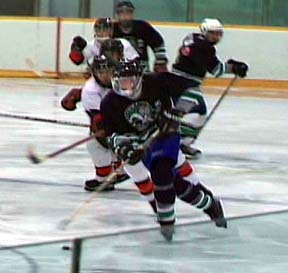
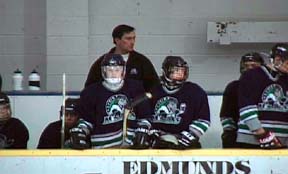
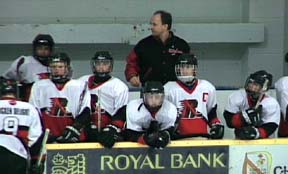
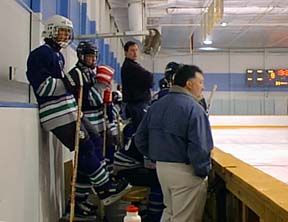
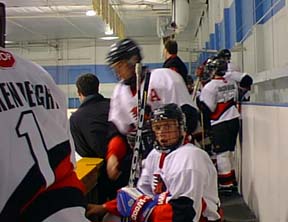

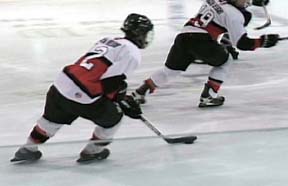
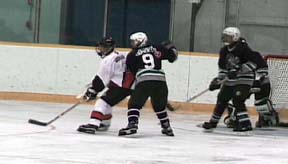
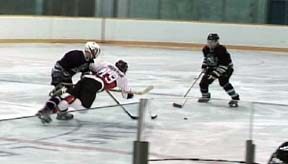

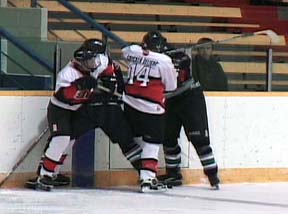
As you can see below this was not a fun or honourable experience for this player and one wonders why it continues at all. On this issue Don Cherry and I do not agree.

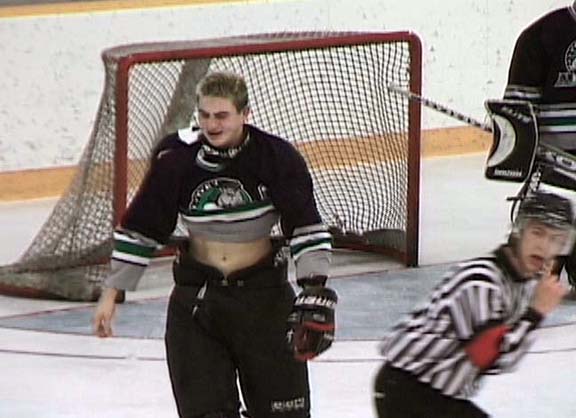

For the fans the lopsided score meant nothing the season is on for another year and that's what matters. Time to enjoy the game, have a hot dog and speculate on the next game.
For hockey people the play and interactions on and off the ice are a way of life and a matter of good sportsmanship and courage.
